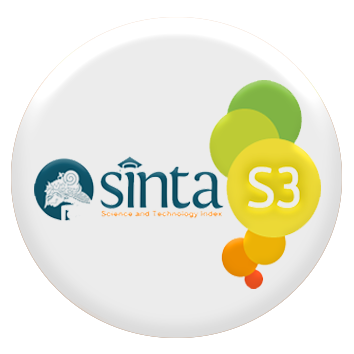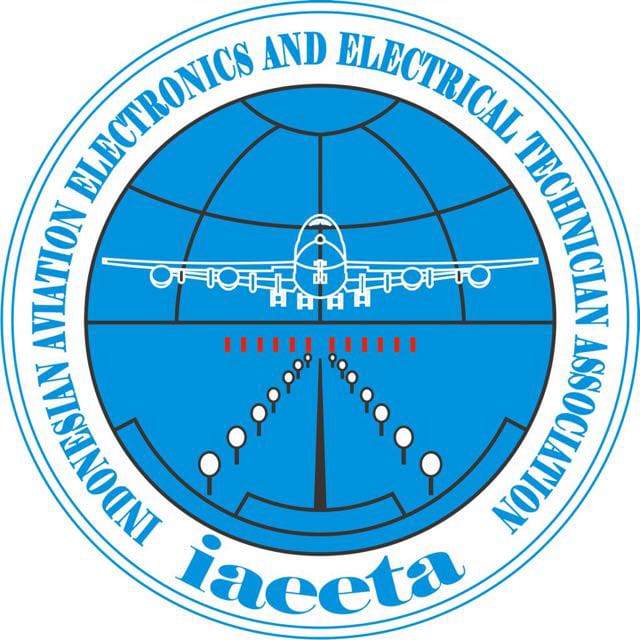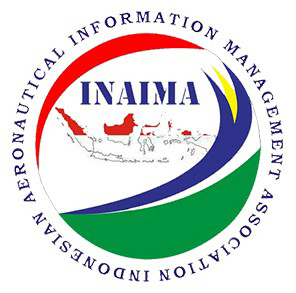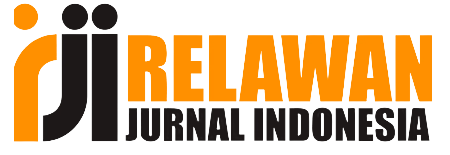Evaluasi Konteks Dalam Penerapan Kurikulum dan Pembelajaran Berbasis Part 66/147 European Aviation Safety Agency di Politeknik Penerbangan
Abstract
This study is primarily based on the need for an appropriate implementation of curriculum and learning in the Direct European Aviation Safety Agency (EASA) Part 66/147 program adopted in Prodi TPU of Politeknik Penerbangan Indonesia Curug commenced in 2020. A tangible difference in the curriculum’s structure and learning between EASA 66/147 standards and the National Curriculum Standard was expected as the cause of why the process and learning objectives of the EASA Second Site 2013 – 2018 program were not achieved, as shown in the measured internal audit report and examination results throughout the periods. The fundamental discrepancies were identified as the subject modularization, practical assessment methods, learning hours for each subject, and total learning duration for similar learning objectives as CASR 147 standards implemented in Prodi TPU. EASA 66/147’s curriculum and learning standard were implemented in the previous Second Site program by inserting the EASA part 66 syllabus into the similar subject in Prodi TPU’s curriculum and had been implemented for the study program of D III TPU batch 12th, 13th and 14th. The examination results for all modules were evaluated as not satisfactory dan failed to achieve the target according to the average result of the first examination showed that 81% of participants failed to pass. The assumption made it resulted from an inappropriate adoption of EASA part 66/147’s curriculum into the existing learning process and methods been utilizing in Prodi TPU so that emerging the needs of the curriculum to be reconstructed with the accepted pattern before the next EASA program’s implementation to have good learning impact which suited with EASA, AMTO and National standard. As the research tools, context evaluation (part of the CIPP method: Context, Input, Process, and Product) initiated by Stufflebeam, Daniel F (2000, p.282) is utilized as it can be empowered to be an evaluation instrument in the various education area. Research data was collected from internal audit results, EASA examination results, related document review, and interviews with instructors and participants who were involved in the Seconsite program, and then compared with data collected from other Polytechnics under PPSDMPU with AMTO 147 program Data resulting from each phase of CIPP evaluation was analyzed quantitatively and qualitatively by Mixed Method Research (Creswell dan Clark, 2000) utilizing combined concurrent triangulation to have a comprehensive and intact view of cause and solution. The finding resulting from context evaluation shows the need for specialized knowledge and experience in developing programs for teachers, learning facilities that have experienced downgrades, the composition of theory and practice in the curriculum, learning needs of cadets, global market needs and domestic regulations, internal stakeholder support, depth and breadth of study materials and reference books. All the findings are important aspects for the basis of reconstructing an emerging curriculum which more adoptable with the existing learning environment and accommodates all standards needed by EASA part 66/147, CASR 147, and the National Standard of Education
Downloads
References
Al-Shanawani, H. M. (2019). Evaluation of Self-Learning Curriculum for Kindergarten Using Stufflebeam’s CIPP Model. SAGE Open, 9(1). https://doi.org/10.1177/2158244018822380
Alderman, L. (2015). Context-sensitive evaluation : determining the contex surrounding the implementation or government policy. Evaluation Journal of Australasia, 15(2015), 4–15.
Asensio, M Jones, C. (2001). Experiences of Assesment : Using Phenomenography for Evaluation. JAsensio, M Jones, C. (2001). Experiences of Assesment : Using Phenomenography for Evaluation. Journal of Computer Assisted Learning, 17(2001), 314–321.Ournal of Computer Assisted Learning, 17(2001), 314–321.
Asian Aviation Magazine. (2020, August). 22. aircraft maintenance.
Austin, R. (2010). Unmanned Aircraft System : Uavs Design, Development adn Deployment. A John Wiley and Sons, Ltd.
Bernal, C., Gilbert, L., Kelly, A., & Smith, A. (2011). A passage to interprofessional learning: The benefits to students from an educational visit to India. Nurse Education in Practice, 11, 406–410. https://doi.org/10.1016/j.nepr.2011.03.024
CAA. (2019). CAP 1528 Guidance Material. CAA.
Creswell, John W.; Clark, V. L. P. (2007). Designing and Conducting Mixed methods Research. Sage Publication Inc.
Danim, S. (2010). Pedagogi, Andragogidan Heutagogi. Alfabeta.
EASA. (2019). Easy Access Rules for Continuing Airworthiness (Regulation(EU) No 1321/2014. EASA.
England, E. (1984). Design and Evaluation Issues on CAL Materials. CALICO Journal, 2. https://doi.org/10.1558/cj.v2i1.11-14
Finn, Rachel ; Donovan, A. (2016). Big Data, Drone Data: Privacy and Ethical Impacts of the Intersection Between Big Data and Civil Drone Deployments in The Future of the Drone : Opportunities and Threats From Ethical and Legal Perspective (Ed. Custer, Bart), Information Technology and Law. In Chapter 3. Springer Netherlands.
Hasan, S. H. (2009). Evaluasi Kurikulum (second edi). PT. Remaja Rosdakarya.
Kurnia, F., Rosana, D., & Supahar. (2017). Developing evaluation instrument based on CIPP models on the implementation of portfolio assessment. AIP Conference Proceedings, 1868(August). https://doi.org/10.1063/1.4995187
Mirzazadeh, A., Gandomkar, R., Hejri, S. M., Hassanzadeh, G., Koochak, H. E., Golestani, A., Jafarian, A., Jalili, M., Nayeri, F., Saleh, N., Shahi, F., & Razavi, S. H. E. (2016). Undergraduate medical education programme renewal: a longitudinal context, input, process and product evaluation study. Perspectives on Medical Education, 5(1), 15–23. https://doi.org/10.1007/s40037-015-0243-3
Savin-Baden, M., Tombs, C., Poulton, T., Conradi, E., Kavia, S., Burden, D., & Beaumont, C. (2011). An evaluation of implementing problem-based learning scenarios in an immersive virtual world. International Journal of Medical Education, 2, 116–124. https://doi.org/10.5116/ijme.4e92.b22f
Siswadi, Y., Houghty, G. S., & Agustina, T. (2020). Implementation of the CIPP evaluation model in Indonesian nursing schools. Jurnal Ners, 14(3), 126–131. https://doi.org/10.20473/jn.v14i3.17046
Stufflebeam, D.L.; Shinkfield, A. J. (2007). Evaluation theory, models and applications. CA : Jossey-Bass.
Stufflebeam, Daniel L.; Madaus, G.F.; Kellaghan, T. (2000). Evaluation Models Viewpoints on Educational and Human Services Evaluation Second Edition. Kluwer Academic Publisher Group.
Stufflebeam, Daniel L.; Madaus, George F.; Scriven, M. S. (1985). Evaluation Models : viewpoints on educational and human services evaluation (third edit). Kluwer Nijhoff Publishing.
Sugiyono. (2018). Metode Penelitian Evaluasi. CV. Alfabeta.
Sukmadinata, N. S. (2011). Pengembangan Kurikulum Teori dan Praktik. PT. Remaja Rosda Karya.
Sup-Um, J. (2019). Drones as Cyber-Physical Systems : Concepts and Applications for the Fourth Industrial Revolution. Springer Netherlands.
Toohey, S. (1999). Designing Course for Higher Curriculum. Open University Press.
Copyright (c) 2023 Lilies Esthi Riyanti, Wira Gauthama

This work is licensed under a Creative Commons Attribution-NonCommercial-NoDerivatives 4.0 International License.



.png)


1.png)
.png)












